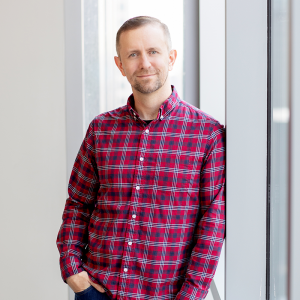External forces impacting research
8/30/10 / David Kennedy
When you conduct a singular research study you’re measuring a snapshot of attitudes, awareness, and actions. However, research doesn’t happen in a vacuum and it is important to remember how outside factors may be impacting your results (yes, control groups can help, but if the external force is great enough, it will be tough to escape its impact).
Take for example a tracking study we did measuring recreation activities. We saw a large drop in certain outdoor recreation between two studies – but the first one was conducted in spring and the other in winter. If you measured the concern over the flu among the general public, the research during the time of the flu season would likely result in higher concern.
A recent example? Toyota took a hard fall in J.D. Power and Associates’ Initial Quality Study this year. While Toyota obviously has had a rough year, their ratings were likely hurt further by the timing of the survey which took place from February through May (The below graph shows Google Trends data on “Toyota Recall“, point C, which peaked immediately before the survey).
While the goal is often to measure the impact of these events, other times it is not ideal to measure the impact of a short-lived event and you at least should be aware of the possible impact. What to keep an eye out for? Three big ones are:
- Seasonal and weather (e.g blizzards, heat waves, etc.)
- Political events
- News stories (yes, a catch-all, but even a brief news story on a topic can change the opinions of respondents)*
* You can use news monitoring services like Google Alerts to keep an eye on developing stories.
